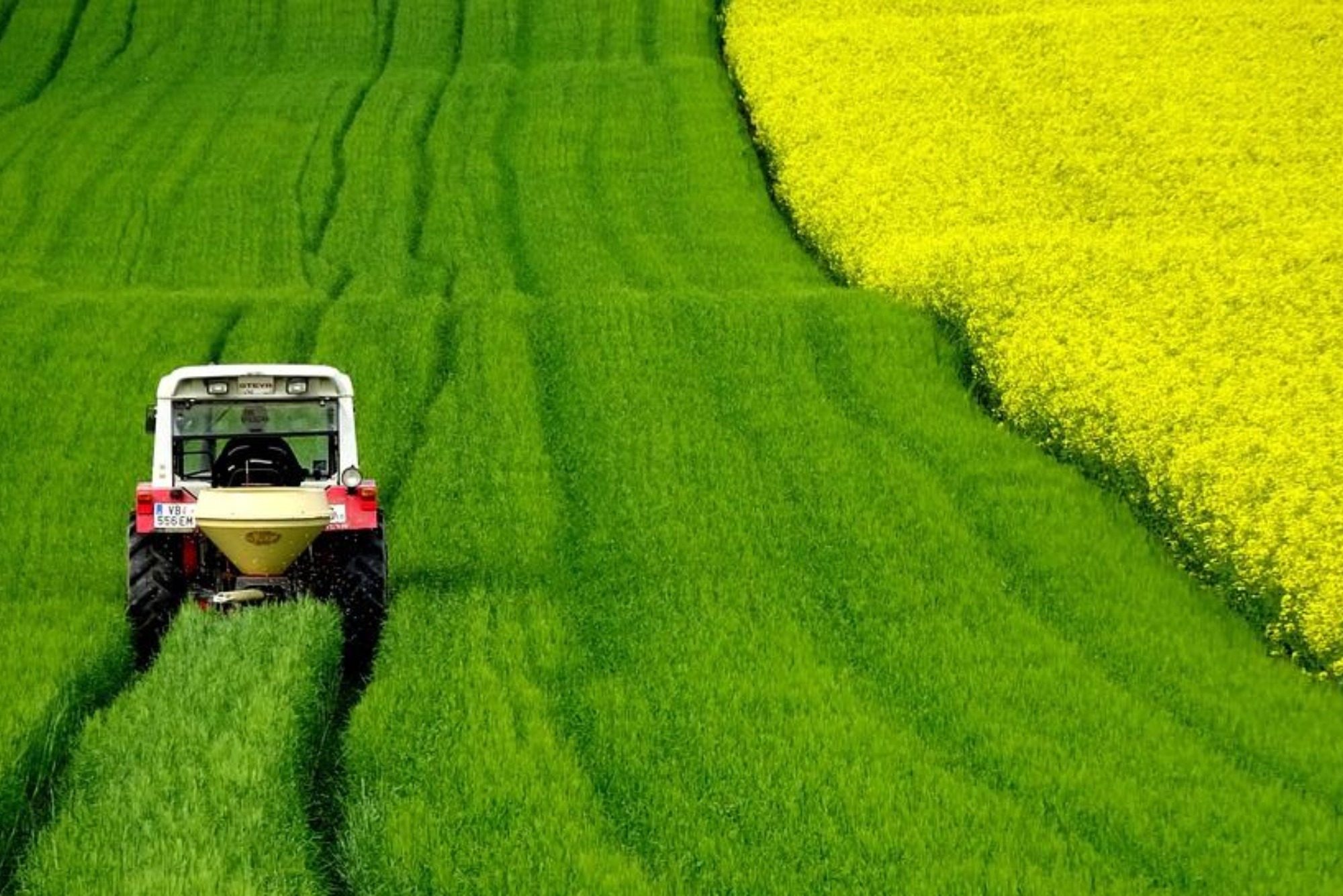In the ever-evolving realm of agriculture, technology has emerged as a key catalyst for transformative change. From the earliest mechanization to the modern era of data-driven precision, farming practices have undergone a profound evolution. This article aims to unravel the multifaceted impact of technology on agriculture, with a special focus on the revolutionary role played by innovative solutions like datailer technologies.
The Technological Landscape of Agriculture
Mechanization: A Paradigm Shift in Labor
The journey of technological evolution in farming began with the introduction of machinery. Tractors, plows, and harvesters replaced manual labor, significantly boosting productivity. This initial phase marked a paradigm shift in how farmers approached their work, paving the way for more advanced innovations.
Precision Farming: Harnessing the Power of Data
The Rise of GPS Technology
Precision farming represents a pivotal advancement that utilizes GPS changed farming technology and sensors to enhance the accuracy and efficiency of farming processes. The integration of GPS allows farmers to precisely map their fields, optimize planting patterns, and monitor crop health with unprecedented precision.
Datailer Technologies in Precision Farming
Datailer technologies (H4), a subset of precision farming, have emerged as a game-changer in agriculture. These technologies leverage detailed data analytics to provide farmers with actionable insights into soil health, crop conditions, and resource utilization. The utilization of datailer technologies has significantly reduced waste and increased the overall sustainability of farming practices.
Automation and Robotics: Streamlining Operations
Autonomous Vehicles
The integration of autonomous vehicles, such as self-driving tractors and drones, has revolutionized field operations. These machines can perform tasks with precision and speed, leading to increased efficiency in planting, harvesting, and pest control.
Robotics in Crop Management
Innovations in robotics have extended to crop management, where robots equipped with AI technology can identify and selectively eliminate weeds, reducing the need for chemical herbicides. This not only streamlines the farming process but also contributes to sustainable and eco-friendly practices.
Smart Irrigation Systems: Water Conservation
The scarcity of water resources has led to the development of smart irrigation systems. These systems use sensors and real-time data to optimize water usage, ensuring that crops receive the necessary irrigation without unnecessary wastage. This not only conserves water but also contributes to cost savings for farmers.
The Impact on Agricultural Sustainability
Environmental Benefits of Technological Integration
Reduced Environmental Footprint
The adoption of technology in farming has led to a significant reduction in the environmental footprint. Precision farming techniques, including datailer technologies, enable farmers to use resources more efficiently, minimizing waste and environmental impact.
Promoting Biodiversity
Certain technological interventions, such as precision application of fertilizers and pesticides, contribute to the preservation of biodiversity. By targeting specific areas and minimizing the use of chemicals, these technologies foster a healthier ecosystem on and around farms.
Challenges and Future Outlook
Challenges in Implementing Agricultural Technologies
High Initial Costs
One of the primary challenges in adopting advanced technologies is the high initial investment required. Many farmers, especially those in developing regions, may find it financially daunting to integrate these technologies into their operations.
Technological Literacy
Another hurdle is the need for technological literacy among farmers. Training programs and support systems must be in place to ensure that farmers can effectively utilize the available technologies.
The Future Landscape of Agricultural Technology
Continued Integration of AI
As technology continues to advance, the integration of artificial intelligence (AI) is poised to play an even more significant role. AI algorithms can analyze vast amounts of data to provide real-time recommendations for optimizing farming practices.
7.2 Enhanced Connectivity (H3)
The future holds the promise of enhanced connectivity, where smart farming equipment, weather stations, and other devices seamlessly communicate with each other. This interconnectedness will further streamline operations and improve overall efficiency.The impact of technology on farming has been profound and multifaceted. From mechanization to the advent of datailer technologies, each innovation has contributed to increased efficiency, sustainability, and environmental consciousness in agriculture. While challenges exist, the ongoing integration of technology and the promise of future advancements paint a positive picture for the future of farming. As we move forward, a collaborative effort involving farmers, technology developers, and policymakers will be crucial in ensuring that the benefits of agricultural technology are realized on a global scale.









